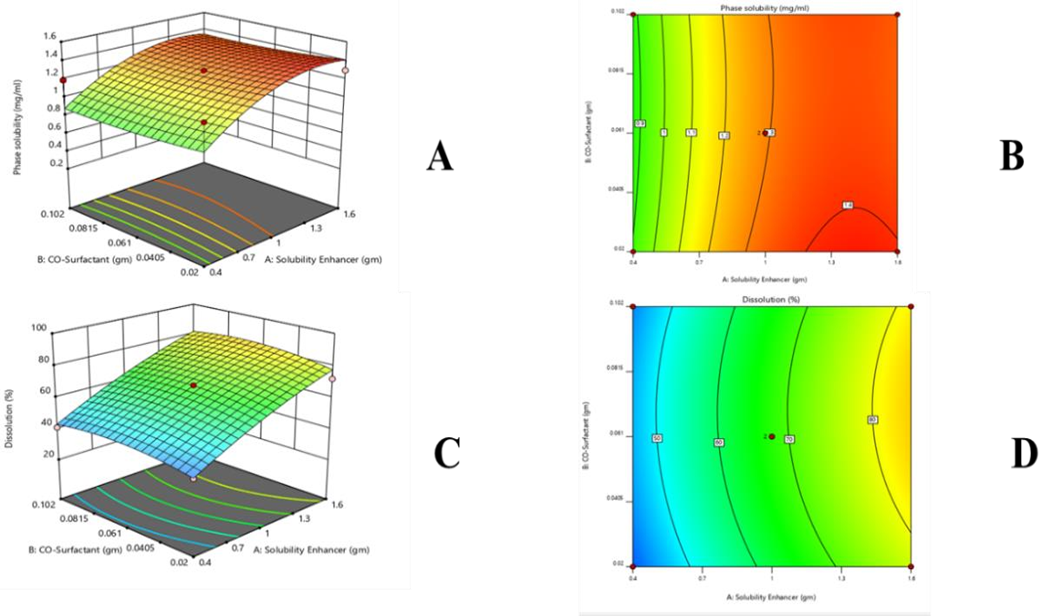Enhancing Ticagrelor Solubility Through the Solid Dispersion Method
Abstract
 Abstract Views: 0
Abstract Views: 0
Ticagrelor (TCG) is a pharmaceutical drug used for the treatment of acute coronary syndrome, angina, and stroke. It has low solubility and less permeability and is classified as a BCS (Biopharmaceutical Classification System) Class IV drug. It has low water solubility. So, there is a need to increase the solubility of this drug. Hence, this study was aimed to augment the solubility of TCG using various approaches. Furthermore, solid dispersion of the drug and carriers was prepared and various preparations were estimated for several parameters, including phase solubility, drug release, and chemical compatibility. For this purpose, different chemicals were used including polyethylene glycol-6000 (PEG-6000), poloxamer 407 (PLX), β-cyclodextrin (β-CD), Transcutol-P (TP), Tween-80, and ethanol. Particle size reduction, complexation, change in pH, co-solvency, and solid dispersion via solvent evaporation and kneading were used to improve the solubility of TCG. According to the findings, there was no significant change in the absorbance value of the drug at different pH. The FTIR spectra did not show the emergence of new peaks indicating the drug's and carriers’ chemical compatibility. Moreover, PLX plays a major role in enhancing the solubility of TCG. Furthermore, the phase solubility of all formulations augmented with the increase of ethanol because TCG is soluble in ethanol. These outcomes imply that all these techniques may serve as effective means for enhancing TCG’s solubility.
Downloads

Copyright (c) 2024 Currents in Pharmaceutical Research

This work is licensed under a Creative Commons Attribution 4.0 International License.
Author(s) retain copyright and grant the journal right of first publication with the work simultaneously licensed under a Creative Commons Attribution (CC-BY) 4.0 License that allows others to share the work with an acknowledgment of the work’s authorship and initial publication in this journal.









